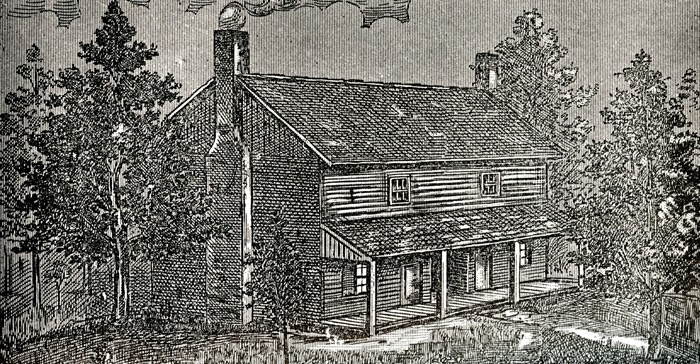I recently read Wild Thought, the new translation of Pens�e Sauvage from U Chicago Press. In fact, it was the first time I had read the book from beginning to end. I can now confirm that much of the...
I recently read Wild Thought, the new translation of Pens�e Sauvage from U Chicago Press. In fact, it was the first time I had read the book from beginning to end. I can now confirm that much of the middle can be skipped if you are not interested in 19th century debates about totemism, caste, sacrifice, and so forth. However, reading the book is incredibly strengthening and I highly recommend the new translation. There is a modest amount of useful footnotes, but really the translation is the star, not the new scholarly apparatus. It doesn�t reveal a new or previously-understood L�vi-Strauss, but it greatly eases reading. I�m including my analytic TOC here in case it helps anyone else.
The science of the concrete
The universe is an object of thought, not of needSpecies are useful only because they are first knownThe human mind has a requirement for orderThe neolithic paradox is solved by the science of the concreteBricolageThe problem of artDifferences between rituals and gamesThe logic of totemic classifications
How to define the logic of the concrete and how it manifests in ethnography�Native� classification is systematic and similar to classificatory systems of classical antiquityIndigenous classification is compatible with zoology and botanyEagle hunting reveals deeper and more general structures of meaningTaxonomies are systematic. There are intrinsic and extrinsic difficulties in elucidating themThe example of color symbolism shows there are no universal archetypes in symbolismSynchrony versus diachronySystems of transformation
Theme and variation in Australian kinship systemsA non-reductive accoutn of the �primacy of infrastructure�Food prohibitionsTotems and caste
Parallelisms in exogramy and food prohibitionAre these two different systems�. OR HOMOLOGOUS SYSTEMS OF DIFFERENCE?!?!?!The line between totemism and caste blurs in key casesCaste and totemic groups are inversions of each otherMarriage is universal because it mediates culture and natureThe combinatorial game of classification is a superstructureCategories, Elements, Species, Numbers
Species as manifestation of the discontinuity of the real.Examples, mostly Osage, of species as the basis of a systemThe task of a future ethnography and the totemic operatorTreelike deeper layers of structural consistencyUniversalization and Particularization
Early modern thinkers were structuralists, van Gennep and Griaule got things wrongExamples of universalization in totemismProcesses of particularization. Personal names do not disprove L-S�s theory.L-S�s theory still works of personal names, even those not based on species names.Proper names are the result of logicsThe individual as species
�proper� names and all o-nyms are ways to deal with the problem of the flow of history and the need to classifyAnimal names are derived from metaphorical or metonymic relations to societyPersonal names are part of the general process of carving up realityTime regained
How L-S solves major problems in the literature.Differences between sacrifice and totemismRitual and churinga as a means of reconciling structure and historyTime and Dialectic
Problems with the concept of �dialectical reason�, the progressive-regressive method, and reflexive understandingHistory and ethnography. The method of historyScientific and wild thought are equal






